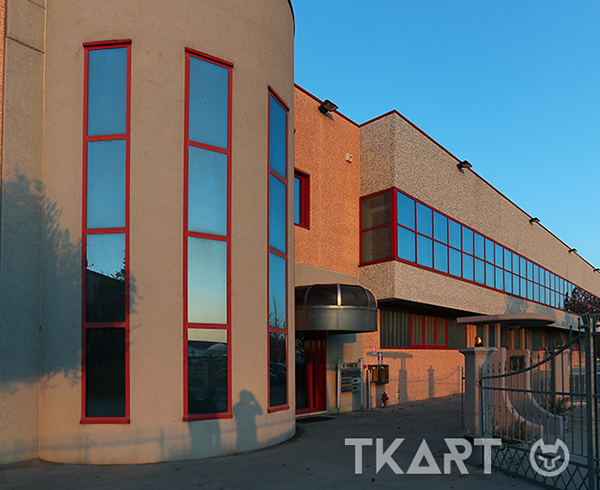A new braking system, significant technical modifications and a new livery: these are just some of the changes that distinguish the 2018 approved version of the Tacho Evo Praga chassis. One of IPK group’s flagship products and protagonist in the main competitions around the world The frame has a traditional design and uses 30 mm diameter tubes, with the exception of the central crossbar, which is 32 mm in size and is tasked with increasing the rigidity of the central and rear areas of the kart.
IPK has invested heavily in tube bending, a fundamental step that the company performs with an automated bending machine that uses an electrically operated system, thereby excluding hydraulic systems that depend on the temperature of the oil (colder at the beginning of processing, especially in the winter months). The bending machine also has an energy recovery system (a bit like electric and hybrid cars), works on 11 axes and various jigs (female housings) for 28-30-32 mm diameter tubes. The automated machinery allows absolute precision, with a tolerance within a tenth of a degree in the angle of a bend.
The next phase is welding, for which IPK relies on the hands of
expert operatorsand not on robots that
weld automatically.The most obvious innovation, introduced on the 2018 approved version, concerns the support of the steering column, which now includes a housing instead of the old support consisting of two small diameter tubes.
